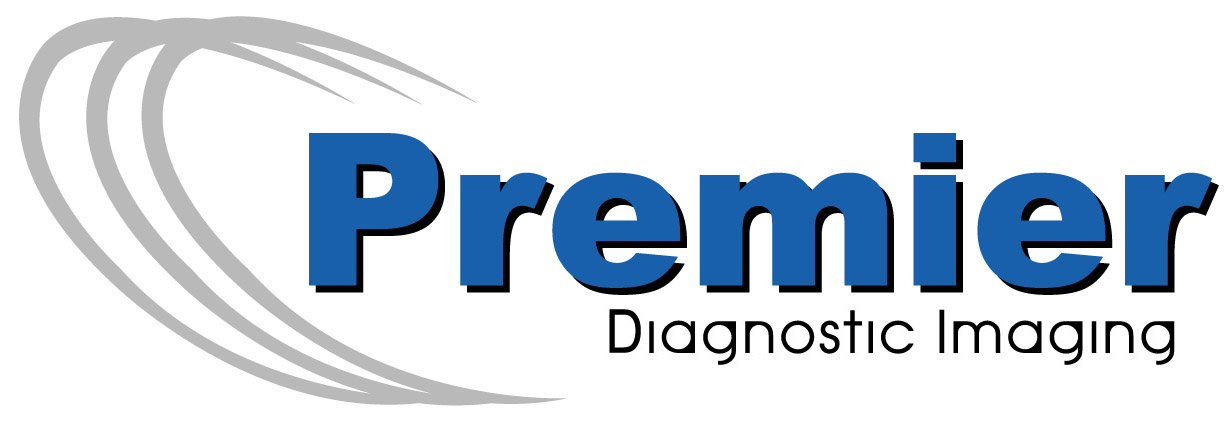Between mammograms, or at an early age, before you start mammograms, don’t forget about your breast self-exams.
Mammograms do a very good job of detecting suspicious changes in breast tissue but the current guidelines do not support routine mammograms for younger women (under age 40). Still, young women can get breast cancer and other diseases.
Even when women reach the screening age, most of them only get a mammo once a year (or even once every couple of years). To help ensure early detection of breast cancer, it is important for women to do a monthly breast self-exam.
The Importance of Self-Exams
Earlier in life, before you start getting mammograms, or in between mammograms you might develop a breast condition. A self-exam is a way to check your breasts for changes that might be breast cancer or other breast diseases.
- Cysts – fluid-filled growths beneath the skin
- Intraductal papillomas – small growths within the milk ducts
- Phyllodes tumors – benign growths in the breast’s connective tissue
- Sclerosing adenosis – lumps in the milk sacs
All of these conditions cause changes in the breast tissue that can feel lumpy or bumpy to your touch during a self-examination.
Of course, you also may be able to detect malignant changes in the breast when you perform a self-exam. Any time you feel an unusual lump in your breast, you should see a healthcare provider for further evaluation.
When You Should Do a Breast Self-Exam
It’s important to conduct breast self-exams every month, even if you have routine mammogram screenings. Most doctors say the best time to perform a self-exam is three to five days after your menstrual cycle (your period) starts. Generally speaking, your breasts are not as lumpy, swollen or tender during those few days.
Women who have gone through menopause also should perform a monthly self-exam. In this case, you can simply perform the exam on the same day every month. Since you don’t have a period to prompt you to check your breasts, you can set a reminder on your phone to help you remember.
How to Do a Self-Breast Exam
The examination involves two parts: looking and feeling. It doesn’t matter which part you do first. Completing both parts of the exam takes only minutes.
Check Your Breasts Visually
Each month, you should examine your breasts in a mirror.
- Stand in front of a mirror with your arms relaxed at your side. Take note of each breast’s general shape and outline (each one will be different from the other).
- Look at the skin for any changes in texture, such as dimpling or an “orange peel” appearance.
- Then, look closely at each nipple to see if it turns inward.
Next, raise your arms over your head and perform the same visual inspection of each breast.
If you notice any visual changes in your breasts from one month to the next, make an appointment with your doctor for further evaluation.
Perform a Manual Breast Self-Exam
The second part of the monthly breast self-exam involves using your fingers to palpate (touch and feel) your breast tissue for lumps, bumps or other changes. To perform a manual breast exam:
- Lie down flat on a bed or other comfortable surface
- Raise one arm and tuck it behind your head
- Place the fingers of the opposite hand flat on the breast below your raised arm and firmly push down on the entire breast.
- To conduct a thorough exam, move your fingers in the same pattern each time: up and down, spiraling out from the center, or moving inward from the outer edge toward the nipple in a spoke-like pattern
- To complete the exam of one breast, gently squeeze the nipple to see if any discharge flows out
- Next, tuck your other arm under your head and perform the same exam on the opposite side
- Lastly, sit up or stand and feel the tissue in both armpits

This simple sequence of steps should only take five minutes or so – but can help you detect abnormal breast changes early. Specifically, you should be looking for:
- Lump in the breast where there wasn’t one before
- New ropy or bumpy texture
- Inflammation – areas of red skin accompanied by heat
- Pain when you press on the breasts
- Nipple discharge
- Change in appearance from one month to the next, such as a change in nipple position, change in skin texture, change in breast shape or size
What You Should Do If You Find a Lump in Your Breast
Many breast lumps are not cancerous, but you should seek medical care without delay if you find a lump in your breast (or if you detect any of the other changes outlined above). As soon as you detect an abnormality in your breast tissue, make an appointment with your primary care physician or gynecologist for an examination. Your doctor may decide to perform additional breast cancer screening and tests, including:
- Mammogram
- Breast ultrasound
- Biopsy
These tests can help your doctor rule out or confirm breast cancer.
Breast self-exam represents an important self-care activity that can help safeguard your wellbeing. So take five minutes each month to check your breasts in addition to regular mammograms (as recommended). Then you can enjoy the peace of mind that comes from knowing you’re doing everything you can for your breasts–to stay healthy for yourself and your family.
Schedule A Mammogram Today
Author: Elizabeth Hanes, BSN RN
Medically reviewed by Dr. Seth Means
SOURCES:
